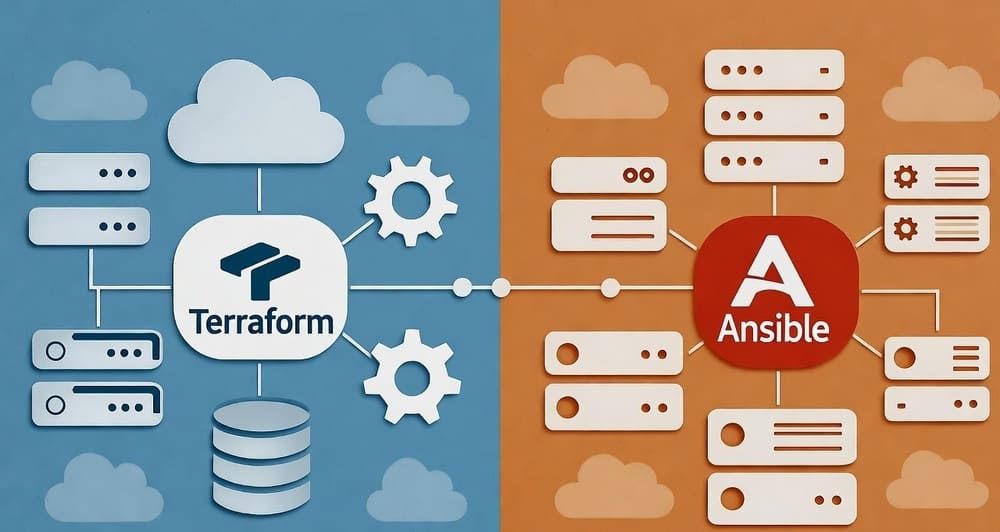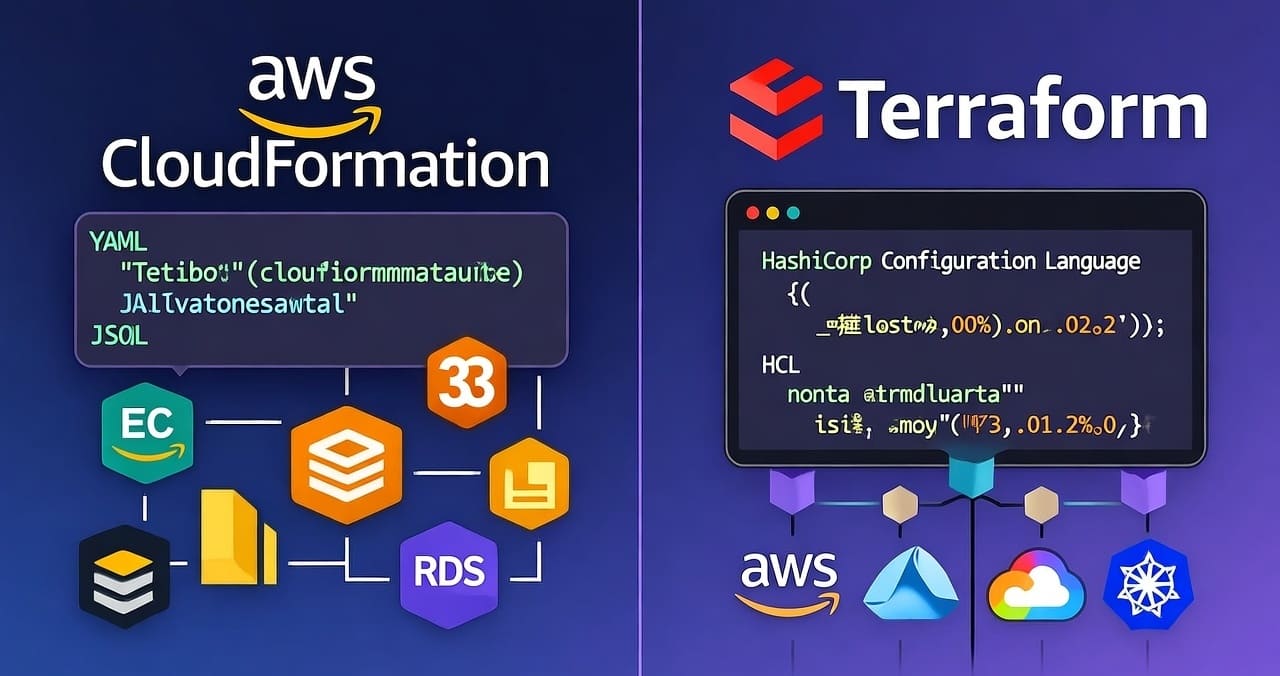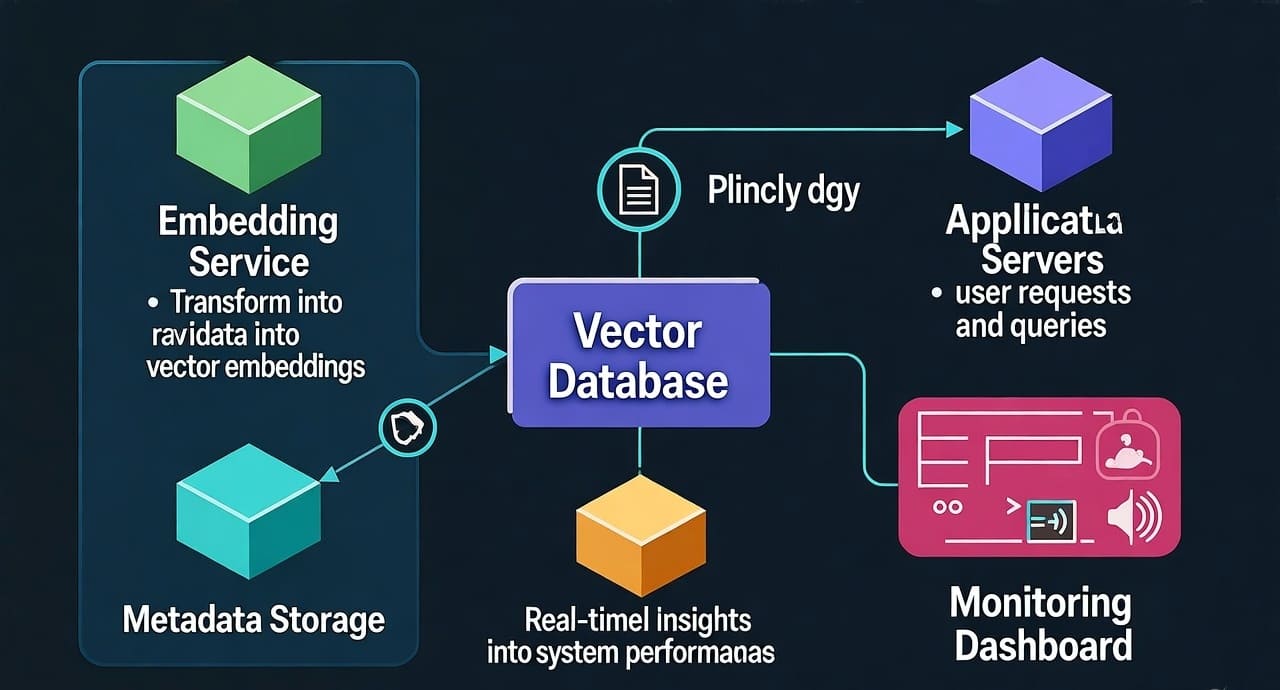Azure SQL Hyperscale Deep Dive: When Your OLTP Tables Hit a Billion Rows
When your “orders” table creeps past hundreds of millions of rows, every deployment turns risky and every index rebuild steals your night’s sleep. Azure SQL Hyperscale exists for this moment: it decouples compute from storage, scales to terabytes, and gives you snapshot-based copy/restore so you can experiment without fear. This guide shows how to scale OLTP safely: partitioning, columnstore patterns (where they help and where they hurt), and restore/clone workflows that make billion-row ops routine.
Why this matters
- OLTP at scale ≠ DW: You need fast point lookups and short transactions and cheap historical queries.
- Operational blast radius: Rebuilds, backfills, and hotfixes should be reversible in minutes.
- Cost and latency pressure: You can’t just “throw hardware at it.” Hyperscale helps, but only if you use it right.
Hyperscale in one picture (plain-English architecture)
- Compute nodes run the SQL engine. You can add secondary/named replicas for read scale-out. (Microsoft Learn)
- Page servers store 8 KB pages, stream them to compute, and scale storage independently to ~128 TB. (Microsoft Learn)
- Log service serializes log records and ships them to storage/replicas. (Microsoft Learn)
- Backups and DB copies are snapshot-based—nearly instantaneous, enabling fast PITR and copy/clone patterns. (Microsoft Learn)
Implication for you: data movement (rebuilds, switch, copy) can be orchestrated with snapshots and partitioning rather than intrusive, long-running jobs.
Designing for a Billion Rows: Partitioning First, Indexing Second
Partitioning strategy (sliding window)
Most OLTP-at-scale tables are naturally temporal (“orders”, “events”). Use range partitioning on date/time (daily/weekly/monthly) to isolate hot vs. cold data and to enable partition switch. Azure SQL DB presents a single PRIMARY filegroup in Hyperscale, but partitioning still gives you manageability and targeted maintenance. (TECHCOMMUNITY.MICROSOFT.COM)
Create function & scheme
-- 1) Choose a boundary cadence that matches access/retention (e.g., monthly)
CREATE PARTITION FUNCTION pf_orders_month (date)
AS RANGE RIGHT FOR VALUES (
'2023-01-01','2023-02-01','2023-03-01', -- ... maintain via automation
'2025-01-01','2025-02-01'
);
CREATE PARTITION SCHEME ps_orders_month
AS PARTITION pf_orders_month ALL TO ([PRIMARY]); -- Hyperscale uses PRIMARY
Create the table aligned to the scheme
CREATE TABLE dbo.Orders (
OrderID bigint NOT NULL,
CustomerID int NOT NULL,
OrderDate date NOT NULL,
Status tinyint NOT NULL,
TotalCents bigint NOT NULL,
Payload varbinary(2048) NULL, -- careful in OLTP
CONSTRAINT PK_Orders PRIMARY KEY CLUSTERED (OrderDate, OrderID)
) ON ps_orders_month(OrderDate);
Operational win: You can switch out old partitions to an archive table (or drop) in constant time:
-- Archive last year's January partition out (fast metadata op)
ALTER TABLE dbo.Orders
SWITCH PARTITION $PARTITION.pf_orders_month('2024-01-01')
TO dbo.Orders_Archive PARTITION $PARTITION.pf_orders_month('2024-01-01');
Tip: Keep indexes aligned with the base table’s partitioning to avoid cross-partition operations. (TECHCOMMUNITY.MICROSOFT.COM)
Columnstore for OLTP: Use with Precision
Columnstore shines on large scans/aggregations; OLTP needs fast singleton lookups and small updates. In Hyperscale, you can combine patterns—but be deliberate.
When to use which
| Pattern | Use it when | Why |
|---|---|---|
| Rowstore only (clustered PK + covering nonclustered indexes) | Hot OLTP tables with heavy point reads/writes | Minimal write amplification; predictable latency |
| Rowstore + Nonclustered Columnstore (NCCI) | You run reports/aggregations on the same table and can tolerate slight write overhead | Batch-mode scans on cold partitions; OLTP keeps using row indexes |
| Clustered Columnstore (CCI) | Historical/immutable data (after it cools) | Massive compression + scan speed for analytics |
Columnstore design guidance (rowgroups, compression, batch mode) applies to Azure SQL DB as it does to SQL Server. (Microsoft Learn)
Safe hybrid pattern
- OLTP table: rowstore + narrow NC indexes for hot access paths.
- NCCI on cold partitions only to avoid making hot inserts land in delta rowgroups.
-- Add NCCI for analytics *only* on older partitions
CREATE NONCLUSTERED COLUMNSTORE INDEX NCCI_Orders_Analytics
ON dbo.Orders (CustomerID, OrderDate, Status, TotalCents)
WITH (DROP_EXISTING = OFF) -- create during a low-traffic window
ON ps_orders_month(OrderDate); -- aligned for partition maintenance
- Monthly “cooling” job
- Switch last month’s partition from OLTP table to a history table with CCI.
- Keep OLTP lean; run analytics over the history table.
-- History table with CCI
CREATE TABLE dbo.Orders_History (
OrderID bigint NOT NULL,
CustomerID int NOT NULL,
OrderDate date NOT NULL,
Status tinyint NOT NULL,
TotalCents bigint NOT NULL
) ON ps_orders_month(OrderDate);
CREATE CLUSTERED COLUMNSTORE INDEX CCI_Orders_History
ON dbo.Orders_History
WITH (DROP_EXISTING = OFF);
Why this works: OLTP stays fast on rowstore; long scans hit columnstore in batch mode with high compression.
Indexing for Billion-Row OLTP
- PK leading column should start with the partitioning key if you frequently range-query/filter by time.
- Add covering NC indexes only for proven query patterns; keep them thin.
- Filtered indexes on hot statuses (e.g.,
Status IN (0,1)) keep maintenance bounded. - Revisit fillfactor on the hottest indexes to reduce page splits.
- Watch for key lookups in execution plans—either cover the query or accept the cost explicitly.
Restore, Clone, and Read Scale: Your Operational Escape Hatches
Snapshot-based backups and PITR
Hyperscale uses storage snapshots for data files—backups are near-instant, and point-in-time restore doesn’t require long backup chains. This dramatically shortens recovery and experimentation cycles. (Microsoft Learn)
Use cases
- “Oh no” deploy? Restore a PITR fork a few minutes prior and validate quickly.
- Testing a risky migration? Create a fast database copy and dry-run DDL there.
Fast database copy/clone
- Copies in-region leverage the same snapshot mechanism—minutes, not hours—handy for integration tests, backfills, or ad-hoc analytics. (Microsoft Learn)
Read scale-out with replicas
- Add secondary/named replicas to route
ApplicationIntent=ReadOnlytraffic (reporting, heavy exports) away from your primary. - Understand replica consistency: reads on replicas are asynchronous relative to primary; design around potential lag. (Microsoft Learn)
End-to-End Pattern: Hot OLTP → Warm NCCI → Cold CCI
- Ingest to OLTP rowstore partitioned by day/week/month.
- Background jobs:
- Summarize or index rebuild on older partitions during quiet hours.
- Add NCCI once a partition is no longer write-hot.
- Monthly: switch partition into history table with CCI and purge from OLTP.
- Analytics/Exports hit replicas or history CCI, not the primary OLTP path.
Why it scales: bounded maintenance, cheap scans, and the ability to roll back with PITR or work on fast clones.
T-SQL Skeleton: Automation-Friendly Operations
Create next month’s partition boundaries
-- Add next boundary (idempotent guard pattern omitted for brevity)
ALTER PARTITION FUNCTION pf_orders_month()
SPLIT RANGE ('2026-01-01');
Switch out a month to history (atomic)
BEGIN TRAN;
-- Ensure target partition exists
ALTER TABLE dbo.Orders_History
SWITCH PARTITION $PARTITION.pf_orders_month('2025-07-01')
FROM dbo.Orders PARTITION $PARTITION.pf_orders_month('2025-07-01');
COMMIT;
Create a read-intent connection (app side)
Server=tcp:<yourserver>.database.windows.net,1433;
Database=<db>;
User ID=<user>;Password=<pwd>;
ApplicationIntent=ReadOnly;
Best Practices & Common Pitfalls
Best Practices
- Partition on time and align all nonclustered indexes; keep partition counts sane (hundreds, not tens of thousands). (TECHCOMMUNITY.MICROSOFT.COM)
- Use small batches for backfills; avoid open transactions that span many partitions.
- Apply NCCI only after cooling; prefer CCI in a history table for immutable data. (Microsoft Learn)
- Offload heavy reads to named/secondary replicas; treat them as eventually consistent. (Microsoft Learn)
- Lean on snapshot-based PITR and fast copies for risky changes. (Microsoft Learn)
Pitfalls
- Over-partitioning (e.g., daily for 10 years) explodes stats/metadata and slows maintenance.
- Unaligned indexes break partition switching and force table-wide rebuilds. (TECHCOMMUNITY.MICROSOFT.COM)
- Blindly adding NCCI to hot OLTP tables increases write latency via delta rowgroups.
- Treating replicas as strongly consistent—don’t run critical reads that must see the latest write. (Microsoft Learn)
- Ignoring payload columns (e.g., large varbinary/json) in OLTP paths—move them to side tables or object storage.
Conclusion & Takeaways
- Partition first to bound maintenance and enable instant archival via partition switch.
- Use Rowstore for hot, NCCI for warm, CCI for cold—don’t let analytics tax your OLTP.
- Exploit Hyperscale snapshots: PITR, fast copy, and replicas convert scary changes into routine operations.
- Treat replicas as read-optimized, eventually consistent surfaces.
If your “orders” table is already groaning, refactor in this order: (1) partition, (2) un-hot your indexes, (3) move cold data to CCI, (4) wire read-only traffic to replicas. You’ll feel the relief within a week.
Internal link ideas (for your site)
- “SQL Server Columnstore Deep Dive: Rowgroup Health & Batch Mode”
- “Designing Sliding Windows in Azure SQL: SPLIT/MERGE Automation”
- “Read Scale-Out Patterns: Routing with ApplicationIntent and Connection Pools”
- “Operational Playbook: PITR, Fast Copy, and Blue/Green on Hyperscale”
- “Hybrid OLTP + Analytics: When to choose NCCI vs CCI vs Separate Store”
Image prompt (for AI tools)
“A clean, modern architecture diagram of Azure SQL Database Hyperscale showing compute (primary + named replicas), page servers, log service, and Azure storage; plus a partitioned OLTP table flowing into a columnstore history table. Minimalistic, high contrast, 3D isometric style.”
Tags
#AzureSQL #Hyperscale #OLTP #Partitioning #Columnstore #PITR #ReadScaleOut #DatabaseDesign #DataEngineering #Scalability
AzureSQL, Hyperscale, OLTP, Partitioning, Columnstore, PITR, ReadScaleOut, DatabaseDesign, DataEngineering, Scalability
Sources for accuracy
- Hyperscale architecture, components, and 128 TB scale. (Microsoft Learn)
- Snapshot-based backups and PITR/fast copy model. (Microsoft Learn)
- Read scale-out behavior and consistency semantics. (Microsoft Learn)
- Hyperscale replicas (HA, geo, named). (Microsoft Learn)
- Columnstore design guidance and applicability to Azure SQL DB. (Microsoft Learn)
- Partitioning guidance and index alignment in Hyperscale. (TECHCOMMUNITY.MICROSOFT.COM)








Leave a Reply